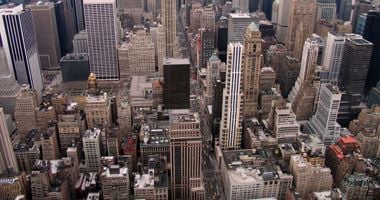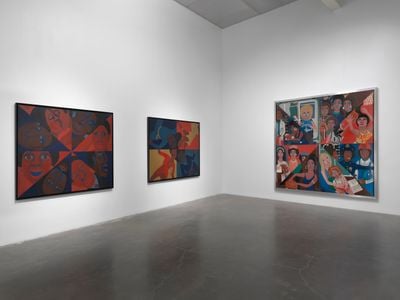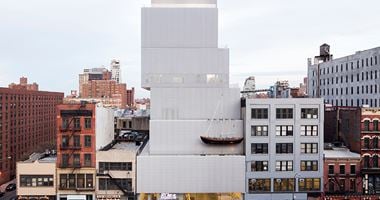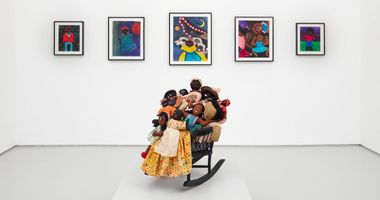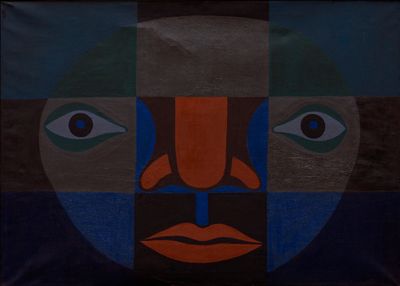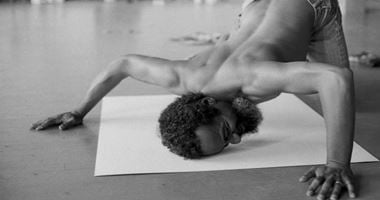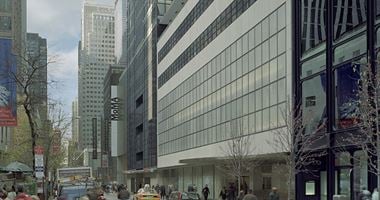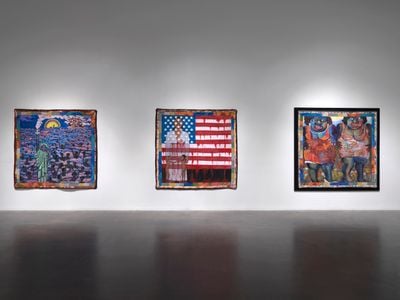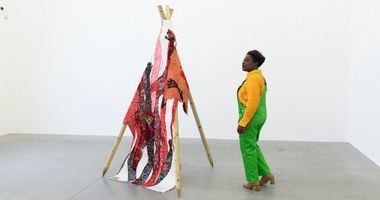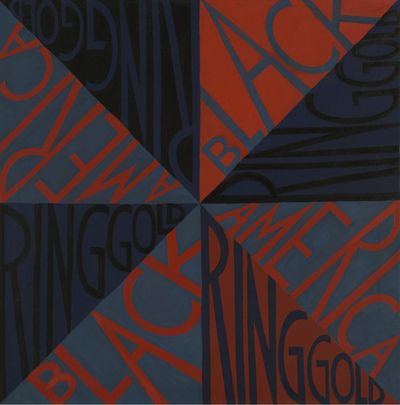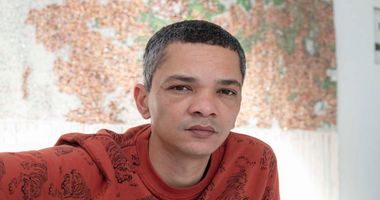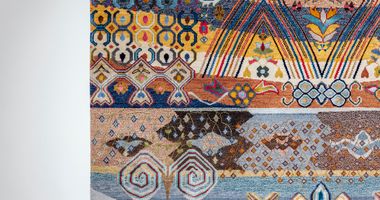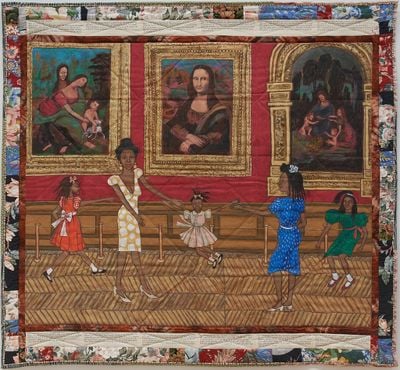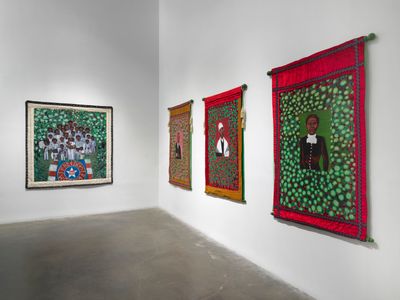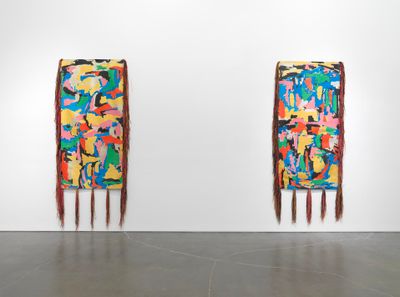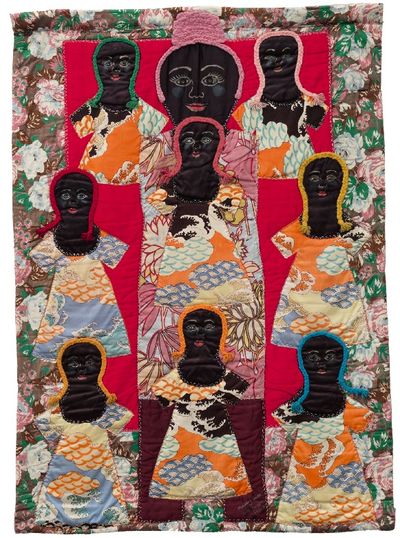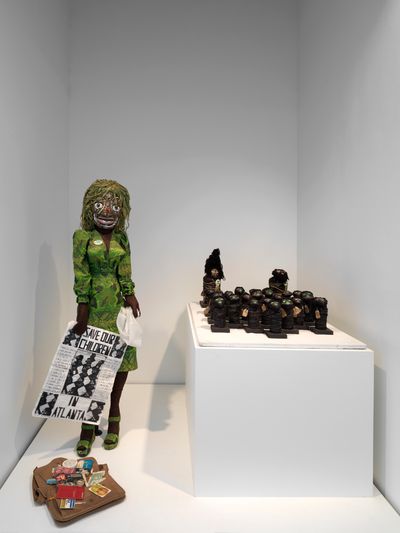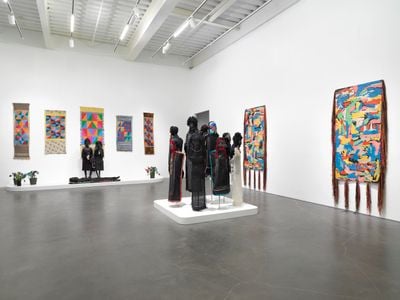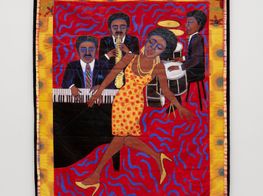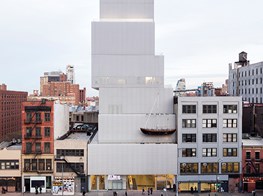Faith Ringgold's American People: Over Five Decades of Art and Activism
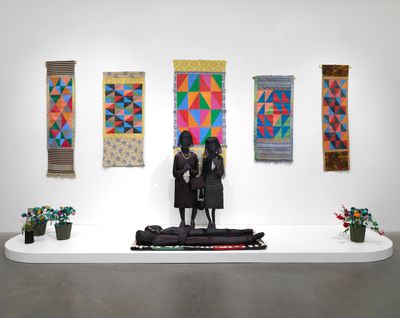
Exhibition view: Faith Ringgold: American People, New Museum, New York (17 February–5 June 2022). Courtesy New Museum. Photo: Dario Lasagni.
An inimitable legend within 20th-century art, Faith Ringgold has held a mirror to the aspirations, hardships, accomplishments, and daily lives of Black Americans, particularly women, for over five decades.
The nonagenarian, who was born and raised in New York City during the heyday of the Harlem Renaissance, began producing paintings in the late 1950s, following the completion of her graduate studies in arts education. These early works were indelibly shaped by not only the creative outpouring of the artists, poets, and musicians who frequented Harlem at the time, but also by the political discourse of the Civil Rights movement in the United States.
At the New Museum, a survey of Ringgold's practice curated by Massimiliano Gioni and Gary Carrion-Murayari with Madeline Weisburg unfolds across the institution's multi-storied venue to present a comprehensive overview of her deeply influential practice.
American People (17 February–5 June 2022) begins chronologically with a series from which the show takes its title, produced at the beginning of Ringgold's career. 'American People' (1963–1967) portrays the uneasy co-existence—or, in some works, the outright segregation—of Black and white Americans.
Paintings such as American People Series #4: The Civil Rights Triangle (1963) and American People Series #8: The In Crowd (1964) feature tight, nearly claustrophobic compositions of white characters stacked literally atop their Black counterparts, while peering menacingly at viewers.
Sombre in palette, these works captured the pronounced racial tension that the artist observed in the world around her. As Ringgold explained by email, 'All of my work is autobiographical to a certain extent. I recorded my experiences as a Black woman artist—what I witnessed, the people I met and current events in the world and in my community.'
Though her style evolved steadfastly over time, these initial forays into political representation laid the groundwork for the activism and incisive forms of storytelling that define Ringgold's artistic legacy. By the time she completed the 'American People' series, she adopted a much more direct approach, using both imagery and text to convey the anger fuelled by the systemic forms of oppression that Black communities are persistently forced to contend with.
In the 'Black Light' paintings (1967–1969), for instance, the red, white, and blue of the nation's flag become bloodied and blackened, in chromatic protest of the deeply flawed and inconsistently applied principles of American freedom.
Beyond art-making, Ringgold also participated in a number of feminist organisations, alongside others that called for the amplification of non-white voices within art institutions such as the Museum of Modern Art and the Guggenheim.
'It was important to make a statement about the freedom of speech, which is so important to me and, honestly, tantamount to my making art.'
Her activism reached a boiling point in 1970, when she coordinated an exhibition titled People's Flag Show (9–13 November 1970) at New York City's Judson Memorial Church, against the backdrop of the Vietnam War.
Artists were invited to interpret the nationalistic symbol, in active defiance of a now defunct law against its desecration. Days after its opening, policemen raided the exhibition and arrested Ringgold alongside co-organisers Jean Toche and Jon Hendricks, igniting protests that called for artistic license.
Reflecting on the controversy, Ringgold remarks, 'It was important to make a statement about the freedom of speech, which is so important to me and, honestly, tantamount to my making art.'
Simultaneously, the artist began to embrace textiles as her material of choice, taking inspiration from both her mother, a fashion designer, and global craft traditions from Asia and Africa.
The decision to pivot towards a medium traditionally coded as feminine was particularly radical given that women remained routinely ostracised from the fine arts at the time.
In particular, she was drawn to the sacred Tibetan scroll paintings known as tankas, which she saw at the Rijksmuseum in Amsterdam in 1972. As Ringgold explains, 'I wanted to paint large without relying on other people. As soon as I saw these sacred scrolls—paintings that could be rolled up—I knew I found a solution.'
As well as the Kuba designs she saw while visiting the Congo in the mid-1970s. 'These designs made a great impression on me,' Ringgold recalls, 'and I incorporated the concept into my own work. It was a great way to organise a complex composition.'
The decision to pivot towards a medium traditionally coded as feminine was particularly radical given that women remained routinely ostracised from the fine arts at the time. Driven by an impulse equally motivated by aesthetic appreciation and practical concerns, this led to the creation of the story quilts that would constitute her most renowned body of work.
Within American People, an astonishing array of these textile collages, produced between 1973 and 2010, demonstrate Ringgold's remarkable gift of narration. Often inscribed with hand-written texts that expand on the imagery shown, the works cast fictional characters and famed luminaries in vivid scenes that are as imaginative as they are rooted in the realities of the artist's life.
Many highlights could be counted within the wide-ranging selection of works on view at the New Museum. Comprising five quilts, each representing distinct chapters of one cohesive story, the visually complex series 'The Bitter Nest' (1988) considers a fictional mother-daughter relationship to masterfully expose the intricate dynamics of matriarchal ties, societal constructs, and intergenerational conflicts that young Black women navigate.
'Coming to Jones Road Part 2' (2010), among the newest works in the exhibition, utilises and transforms the Tibetan tankas—traditionally used as devotional objects—to cast civil rights icons such as Harriet Tubman and Martin Luther King Jr. as deities in their own right. These inspirational figures reside at the centre of a frame of ornamental scrolls, commanding reverence from viewers.
While the artist may be best known for her narrative and figurative works, abstraction also takes hold at various interludes throughout her practice. Though devoid of the text and characters that convey so much meaning in her other works, story quilt series such as 'Windows of the Wedding' (1974) and 'Dah' (1983) apply gestural blocks of bright colours onto otherwise blank textiles to convey deep-seated emotions.
Whereas the former was inspired by the church in which the artist imagined her daughters would be married, the latter reflected the grief that Ringgold felt after her mother's death in 1981. '[My mother] was not only my best friend, but my collaborator... The first quilt I completed after her passing was Mother's Quilt [1983] and I vowed to make a quilt every year in her memory. In my sorrow and my aloneness, I could not paint anything representational.'
While the story quilts make up the bulk of the New Museum presentation, they only comprise a fraction of Ringgold's prolific output. The artist also created what she referred to as 'soft sculptures'—fibre-filled, three-dimensional textile works inspired by the masks of Liberia and Côte d'Ivoire—to mourn the loss of Black lives to abuse and violence.
Among the most impactful of these sculptures on view are The Screaming Woman and Atlanta Children (both 1981), which expressed the utter outrage sparked by the murder of 28 Black children in Atlanta over the span of two years—each transformed into a chess piece, forcefully bound by black twine while peering upwards with anguished eyes.
Conversely, Ringgold's drawings from her celebrated children's book Tar Beach, published ten years later in 1991, dares young audiences to imagine and to aspire towards true liberation from patriarchy and racism.
Informed by her own coming-of-age as well as her interactions with youth as a school educator—a job that Ringgold kept throughout multiple decades—the story centres on an eight-year-old girl living in Harlem in the 1930s, who dreams of flying over New York City's George Washington Bridge, thus soaring above the mechanisms that confine women in reality.
Taken as a whole, Ringgold's practice broke down formidable barriers and paved the way for scores of younger artists—among them, Diedrick Brackens and Tschabalala Self, both of whom contributed to the comprehensive catalogue published in tandem with the exhibition—who have not only embraced textiles as their medium, but carried on Ringgold's legacy in portraying Blackness with nuance and clarity.
American People beautifully captures the breadth of Ringgold's oeuvre, exhibiting works that run the gamut from introspective to celebratory, solemn to joyful—reflecting an artistic point of view that is both critical and reflective. Looking back, she encouragingly adds, 'I am extremely happy that I was able to complete so much work...Find your own voice, and stay with it.' —[O]

